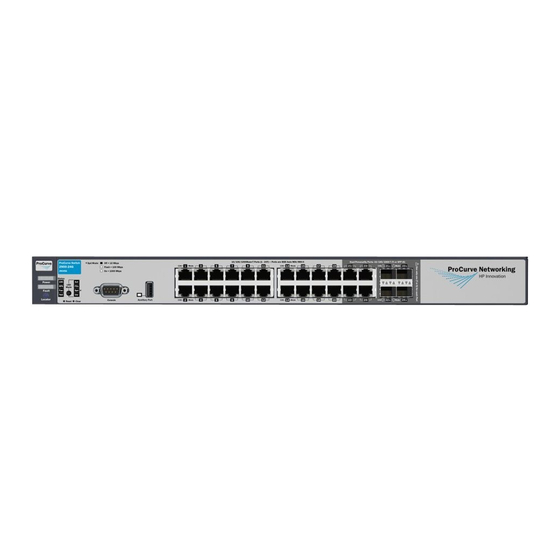
HP ProCurve Switch 2900yl-24G Ethernet Manuals
Manuals and User Guides for HP ProCurve Switch 2900yl-24G Ethernet. We have 1 HP ProCurve Switch 2900yl-24G Ethernet manual available for free PDF download: Access Security Manual
Advertisement
Advertisement
